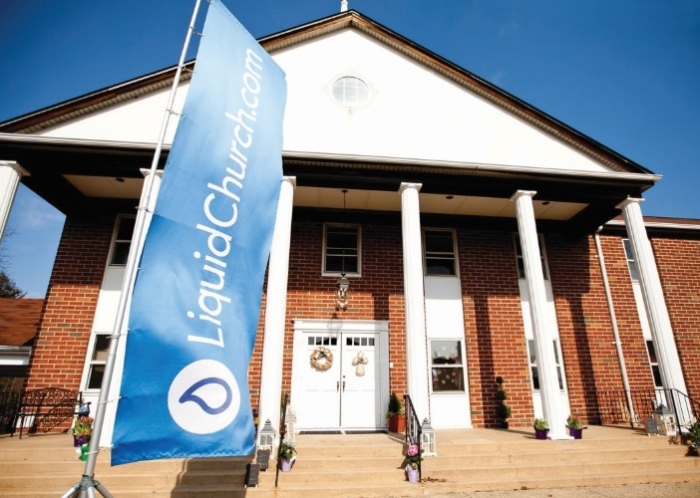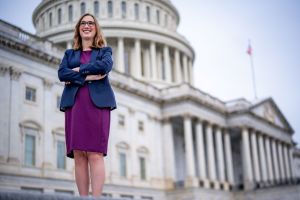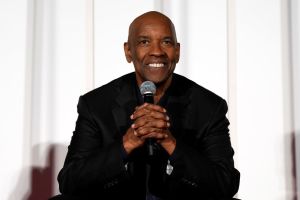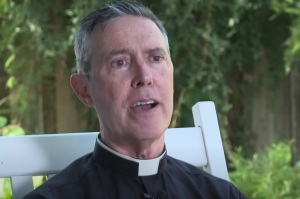US megachurches increasingly diverse, focused on special needs ministries: report

Megachurches are becoming increasingly multiracial and emphasizing special needs ministries, which are positive trends smaller churches will likely begin to follow, a new study has found.
“Megachurch 2020,” a survey conducted by the Evangelical Council for Financial Accountability in partnership with the Hartford Institute for Religion Research, looked at significant patterns and trends from 582 churches across the United States. It’s the nation’s largest study of megachurches, defined as churches with an attendance of 2,000 or greater.
More than half of churches surveyed (58%) report being multiracial, defined as having 20% or more minority presence in their congregation. Two decades ago, only 21% of megachurches were multiracial.
In conducting research for the survey, Warren Bird, vice president of research and equipping at ECFA and co-author of the report, told The Christian Post he discovered that “intentionality is essential for becoming multiracial.”
“It's not enough to state it as a core value. It's not enough to agree that it's important. Churches have to take intentional steps to become multiracial, such as the people that are platformed on Sunday mornings: Do they represent the diversity of the neighborhood they're seeking to reach? The staff that is hired in the church and on the board in the church: Are they likewise appropriately diverse?”
“When you have intentionality like that, the non-majority races tend to grow into becoming a multiethnic church,” he added.
The report also found that megachurches that draw people with special needs are very intentional about doing so. When asked what emphasis they put on a special needs ministry, a third of megachurches indicated a lot of program emphasis, with 53% having some emphasis and only 17% having none.
Nearly 100% of megachurch respondents included wheelchair access throughout the building; nearly half (48%) had hearing assistance devices; some 44% offered sign language interpretation, and 15% provided large print worship materials.
Once again, the statistics show an “intentionality” on the part of megachurches, Bird said.
“What often happens in churches of all sizes is when one family that's being served grows to two families, they invite their friends, which goes to three, four, or five families, which now begins to gain momentum,” he explained.
“Quickly, it becomes an outreach to the community.”
He pointed to the example of Liquid Church in Parsippany, New Jersey, which provides support to parents of children with special needs through support groups and parents’ night out events.
“That kind of thing has become a magnet,” he said. “While any size church can have that heart level, larger churches have had an advantage in having a little more options with specialized training and the kinds of things that make special needs ministry on a larger scale possible.”
According to researchers, a megachurch’s greatest growth occurs between years five and 19 for the lead pastor — and a megachurch’s spiritual vitality peaks between 10 and 14 years under the same senior pastor.
“Just as in a smaller church, the key is the pastoral leadership. So likewise in larger churches, the pastor is the key instrument that God seems to use for the growth and health of the church or the lack thereof,” Bird said.
Megachurches are increasingly involved in community service. Some 89% agree or strongly agree with the statement, “Our congregation is actively involved in our local community.” On a different question, 60% of megachurches said they put a lot of emphasis on community service programs or activities.
“Large churches are learning that community service in Jesus' name is often a way to win the hearts of a skeptical unbelieving public,” Bird said. “That emphasis on taking ministry beyond the walls of the church is something that churches of all sizes will benefit from going forward, especially as we emerge from the pandemic.”
The prolific author acknowledged that megachurches “certainly have their faults,” but said common criticisms of large churches “could be equally made to churches of all sizes.”
“Large churches tend to be more in the headlines, which make them both easier to pick on and also easier to learn from,” he said. “It's very easy to see problems in large churches and to assume that that's unique to the large church.”
But in the “vast majority of measures,” including Bible literacy and engagement and small group participation, large churches look a lot better than other churches,” Bird stressed.
The research found that 74% of megachurches are growing, often at fast rates, and “whether we like it or not, larger churches tend to be influential in terms of the priorities, the programs, the strategies that all churches follow,” Bird added.
“Megachurches have found some keys for how to impact the greater community while making disciples of those who are already part of the church,” he said.
The report is available to download for free at ECFA.church/surveys.




























